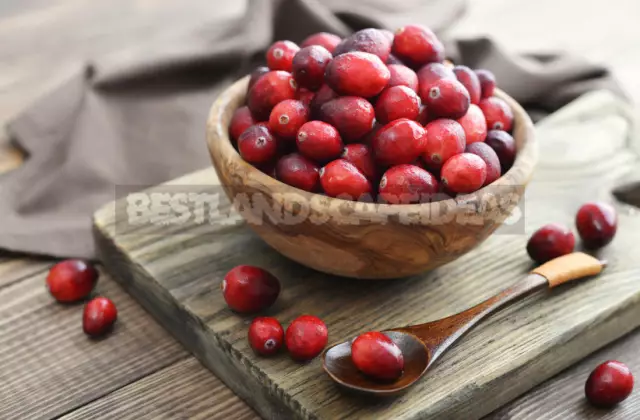- Author Curtis Blomfield [email protected].
- Public 2024-01-02 05:35.
- Last modified 2025-01-23 17:01.
In the Pacific and Atlantic oceans, or rather, in their northern waters, a special type of brown algae grows - kelp, the beneficial properties of which have been known to man for a long time. About thirty types of sea kale have been discovered by science and are successfully used in the food, pharmaceutical and cosmetic industries.
Appearance and composition

Huge thickets of kelp evenly cover the rocky bottom of the ocean. Outwardly, these are long dark green ribbons (thallus) from 1 to 15 m long, the width of which varies from 3 to 30 cm. They taper downward and form an algae stem, branching into peculiar roots (rhizoids). With them, kelp clings tightly to the bottom of the ocean. The lifespan of an algae directly depends on the climatic conditions in which it grows, and on average ranges from 2 to 15 years. Every year, in late autumn, kelp dies off, and in winter it begins to grow with renewed vigor.
Laminaria, the beneficial properties of which are successfully used by a person, is valued for its thallus. It is in them that by the age of two years a huge amount of valuable substances is formed and accumulated. Slimy, soft, with a wavy edge, they are easy to collect with the help of special poles. This does not harm the population, since kelp reproduces with the help of mobile zoospores, which are formed and located directly on the surface of the thallus - in sporangia.
After harvesting, the seaweed is washed and slightly dried, resulting in a sweetish whitish coating on its surface. This begins to release alginic acid - the polysaccharide that makes up kelp, its beneficial properties are not limited to this. In addition to it, the composition of the algae includes vegetable protein and fiber. The high content of vitamins A, B6, B12, C, D and PP make it one of the most valuable gifts of the ocean, and the set it contains elements (magnesium, potassium, calcium, manganese, iron, phosphorus) - a product that everyone needs. And, of course, we should not forget about iodine, thanks to which seaweed has gained particular popularity, since it is contained in it in an organic state, which means that it is most fully accepted by the human body.
Laminaria: useful properties and contraindications

Laminaria has a beneficial effect on all systems of the human body and their functions without exception. With mental and nervous exhaustion, regular use of seaweed is recommended. Thanks to the B vitamins and iodine contained in it, it saturates the human nervous system and normalizes its function. Laminaria, the beneficial properties of which are indispensable forthe full functioning of the thyroid gland, is used as a prophylactic of Graves' disease.
If you include seaweed in your diet, you can not only significantly improve digestion, but also get rid of chronic constipation and colitis. The metabolic process in the body is normalized, which means that it can be considered as an excellent tool for losing weight.

Regular use of kelp makes the body resistant to various infections, strengthens the immune system. It is also an excellent prevention of atherosclerosis and cardiovascular diseases.
In case of sexual dysfunction, kelp is used as an aphrodisiac. And in cosmetology, this is an excellent tool for strengthening hair and skin care.
However, there are some restrictions, according to which kelp is used with caution. The properties of algae are beneficial for the body, but in case of individual intolerance and possible allergic reactions, their use should be abandoned. With increased caution, seaweed should be taken by pregnant women and people suffering from nephritis or furunculosis.






